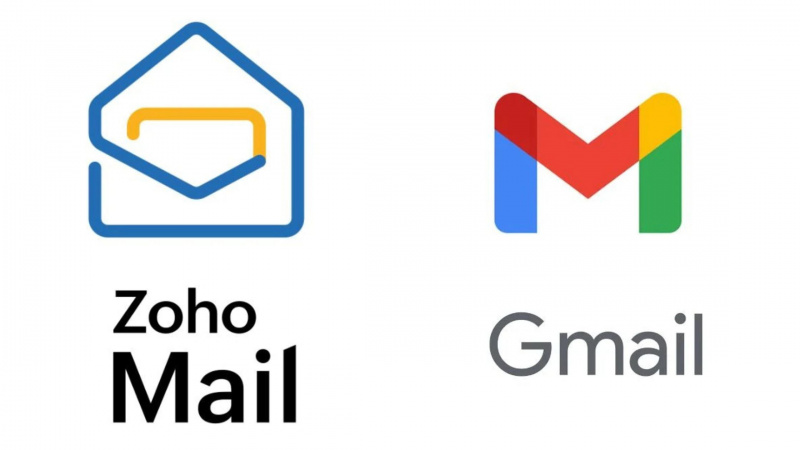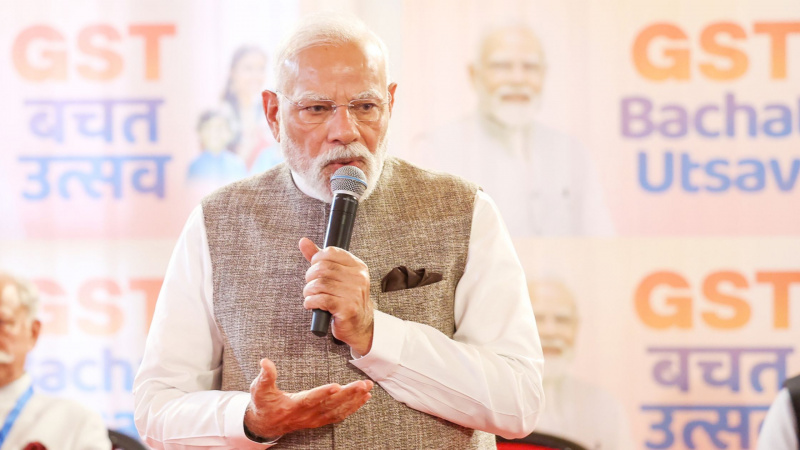Moving the Modi way- Adopting technology for the long-term benefits
While a lot of us have always urged for moving into the digitization race, but there is a difference in opinion. Some think that this could have been a gradual
- by B2B Desk 2016-12-07 07:20:43
The move of withdrawing Rs.500 and Rs.1000 notes was welcomed by the CEO’s and the IT leaders in the tech space calling it the move that will pave the way for more digital transaction. Yes, it looks tough at the moment to make Indians become habituated to pay online, but on the same hand the payment companies will also have to scale up their technology, as they could witness a 10x growth in transactions. Fundamentally changing the way an Indian consumer transacts, the move has given an impetus to the growth of digital commerce. IT leaders have shared their views technology is an inclusive platform for all users. We will be using similar platforms to access to payments, savings, insurance, credit services, micro-finance, etc. It is a digital financial inclusion which will bring remarkable benefits such as better interest rates, smart savings and transparency, but it won’t completely replace cash.
While a lot of us have always urged for moving into the digitization race, but there is a difference in opinion. Some think that this could have been a gradual process while others feel that this shock to the system was much needed to give a big boost to digitization in India. Interestingly, in the last 7 years the infrastructure for digital financial services has been laid through services like Aadhar, UPI, USSD, Micro ATMS, etc. What the government thought will take another 4-6 years to be rolled out and come into action will now take another 6-7 months only. To be at par with the other developing and developed countries, there was a need of massive acceleration of digitization of Indian financial services. Looks like we have started taking baby steps towards it!
Though people have been left with no choice, but there are concerns of what will happen to small industries and people who are not that technology friendly. Numerous jobs and informal sectors have been critically hit. Commenting on such small pains for the bigger gains, industry experts have shared examples like – India currently has one and a half of million POS machines which have been in use for the past few years. Post demonetization, in the next two to three months, this number will double or maybe triple. Moreover, the government has provided micro ATMs where people do cashless transactions in villages. This move will have a million of more micro ATMs coming. Anybody who doesn’t have an Aadhaar card can get the card made in just a few minutes. People with Aadhaar card get instant bank account and people with bank accounts can transact at micro ATMs. People with feature phones can transact through USSD channels, people with smart phones can transact through the Unified Payment Interface smart phone application. So in some or the other way, there is a product for every segment and that will bring people into digitization.
As per the World Bank, only 53% of India is banked, but India is building infrastructure for the digital space. This shock to the system has accelerated the adoption of technologies which most of us were trying to avoid. Digital payments will bring people into the formal economy and the digital footprints will help them in getting credit. When everything will be digital, we will go from being data poor to data rich country. We have always had new technologies, but now everyone will actually start using it. It is through technology only that as on date we are in the process of adding people rapidly to the formal economy systems.
If they accelerate digitization and look at the long-term, it will be a very good development. India's growth will come from services and digitization. Digitization will compensate for the short-term slowdown and adoption of technology will lead to long-term benefits. Yes, a very large chunk of our population has concerns when it comes to transacting online. While some are concerned about the security issues, some do not have an access to it and other are not competent enough to use it. Our civilization has seen changes like going from land lines to cordless to cellular telephony and now is the time from moving from cash to plastic to mobile payment mode. We have always embraced the technological revolution! As per estimates, between 2016 to 2020, the number of Internet users in India is estimated to grow from 37.5 crore to 65 crore and that of smartphone users from 38 crore to 55 crore. So, even those without much literacy or having no computer or a laptop are joining the digital transaction revolution in a big way. As our Prime Minister says, lets embrace technology and move towards becoming cashless. The youth can educate others about what the technology is, how can technology be used, how to download the Apps of your banks, how to spend money from one’s account, how to make payment to shopkeepers and so on. We need to teach the shopkeepers to conduct their business with this technology. Only knowledge can make them free from all his worry and build a new modern India!

POPULAR POSTS
The Agentic Revolution: Why Salesforce Is Betting Its Future on AI Agents
by Shan, 2025-11-05 10:29:23
OpenAI Offers ChatGPT Go Free in India: What’s Behind This Big AI Giveaway?
by Shan, 2025-10-28 12:19:11
Zoho Products: Complete List, Launch Years, and What Each One Does
by Shan, 2025-10-13 12:11:43
Arattai vs WhatsApp: Which Messaging App Should You Choose in 2025?
by Shan, 2025-10-10 11:55:06
Top Buy Now Pay Later (BNPL) Apps for Easy Shopping in 2025
by Shan, 2025-09-22 10:56:23
iPhone 17 Sale in India Begins: Full Price List, Launch Offers and Store Availability
by Shan, 2025-09-19 12:00:45
Apple September 2025 Event Recap: iPhone 17, iPhone Air, Apple Watch Series 11, and India Pricing Revealed
by Shan, 2025-09-10 09:55:45
RECENTLY PUBLISHED

Loan EMIs to Drop as RBI Slashes Repo Rate - Full MPC December 2025 Highlights
- by Shan, 2025-12-05 11:49:44

Pine Labs IPO 2025: Listing Date, Grey Market Premium, and Expert Outlook
- by Shan, 2025-11-05 09:57:07

Top 10 Insurance Companies in India 2026: Life, Health, and General Insurance Leaders Explained
- by Shan, 2025-10-30 10:06:42

Best Silver Investment Platforms for 2025: From CFDs to Digital Vaults Explained
- by Shan, 2025-10-23 12:22:46

Zoho Mail vs Gmail (2025): Which Email Platform Is Best for Businesses, Startups, and Students?
- by Shan, 2025-10-09 12:17:26

PM Modi Launches GST Bachat Utsav: Lower Taxes, More Savings for Every Indian Household
- by Shan, 2025-09-24 12:20:59




 Subscribe now
Subscribe now 